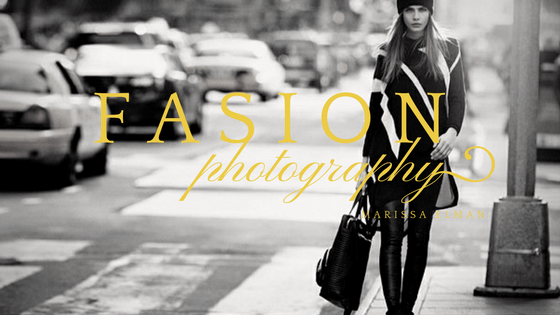The fascination with fashion has been around for centuries. When Cleopatra reigned, she was considered a fashion icon, as was Marie Antoinette, and in more modern times Duchesses Kate and Megan, but the real stars are the designers behind the fashions and their incredible talent that melds fashion into art. Here are five of the most iconic designers.
Coco Chanel
The name is synonymous with fashion, and even those who don’t follow fashion recognize the name. Coco Chanel created styles still used by the fashion house today, including the quilted bag and tweed suit. She is also responsible for creating one of the most Famous perfumes of all time, Chanel No. 5, used by icons such as Marilyn Monroe.
Alexander McQueen
Alexander McQueen’s designs can be recognized even without a logo. There is a thin line between fashion and art in his designs. His shows were just as complex, sometimes even shocking, but always memorable in their theatrical displays. His collections had a clear theme and story. His designs featuring skulls are some of his most popular and beloved.
Yves Saint Laurent
Yves Saint Laurent began as an apprentice to the famed Christian Dior. Yves Saint Laurent blended art and fashion with his Mondrian collection, featuring striped color-blocked dresses that became famous in the 1960s. He also made created the Le Smoking suit. a menswear-inspired suit tailored for women. Today, his fashion house is still considered the epitome of style.
Oscar De La Renta
Famed for his feminine, elegant designs that have been worn by a myriad of celebrities, royals and dignitaries. His fame catapulted in the 1960s when he dressed Jacqueline Kennedy. He would go on to design several more dresses for the First Ladies of the United States. In 2014 he designed Amal Clooney’s French lace wedding gown.
Diane Von Furstenberg
Diane Von Furstenberg rose to fame after she married a German Prince, but she is now most known for changing dresses forever with her iconic jersey wrap dress design. She has always understood that women want flattering clothes that make them feel powerful. The wrap dress remains popular today and is the one item heralded time and time again as the article a woman must have in her wardrobe.
